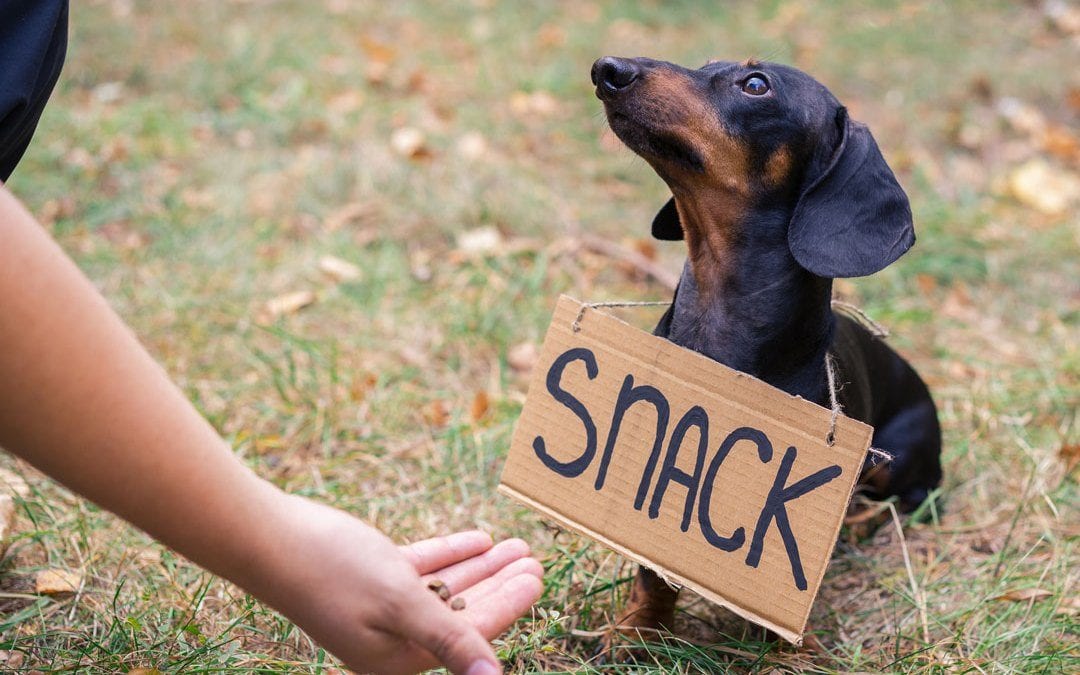Picky pooches and finicky felines can be very frustrating for pet owners. This is especially true when it comes to prescription diets as these diets have been recommended to treat or manage a specific underlying disease condition. While not always the case, picky eaters tend to be products of our own creation. Dogs are incredibly intelligent and quickly learn that by holding out, they will likely get an upgrade to the “good stuff”. Here are some general tips that you may find helpful in retraining your picky eater to get down to business when dinner is served.
Make sure there isn’t a medical issue going on. While a change, such as a food transition or formula change, may seem to be the most likely culprit, there could be an underlying disease process that is beginning to rear its ugly head. If your dog or cat is normally a good eater, please make sure there isn’t something else going on. If your pet hasn’t eaten for 24 hours, please seek veterinary care.
Don’t over-react. It’s actually possible to create a picky eater by changing foods as soon as your pet starts to show a little disinterest in a diet. Also avoid resorting to treats, coddling, or hand-feeding; your dog or cat will quickly learn that pushing her food around results in new food treats and extra special attention.
Stick to a schedule. Offer your pet food for 15-30 minutes. Whatever portion is uneaten should then be removed and fresh food offered again at the next meal. This may seem unnecessarily harsh but it will help your pet to learn that it’s time to eat when food is presented and that those sad eyes aren’t going to work to get more interesting options in between meals.
Stay calm and quiet. Don’t praise your pet for eating or make a fuss over him when he does. It’s ok to feed your dog or cat during your own meal times but do not interact with him while either of you are eating. Also try not to hover over your pet during meal time. If he senses that you’re anxious, he may be less likely to eat in response to your own emotions.
Play to your pet’s tastes. Dramatic changes in the texture, size and/or flavor of a new formula may be too much for your dog or cat (cats are especially sensitive to changes in texture). Consider transitioning to foods that have a similar size, texture, and/or flavors to make acceptance of the new diet easier on him.
Stay strong. Don’t offer treats, canned food, or table scraps/fresh food after your pet has already turned his nose up to the diet as this will only encourage further resistance.
Hopefully most of you will find these tips helpful. Feel free to share in the comments what has worked best for you and your pets and don’t hesitate to contact us if you have any questions! ose up to the diet as this will only encourage further resistance.

